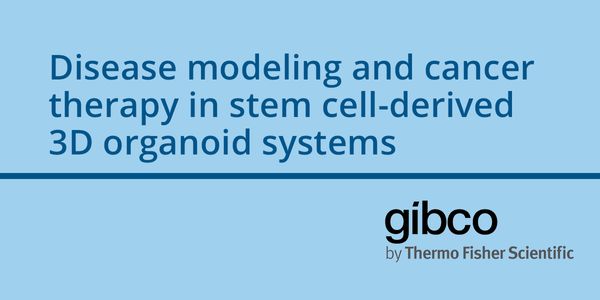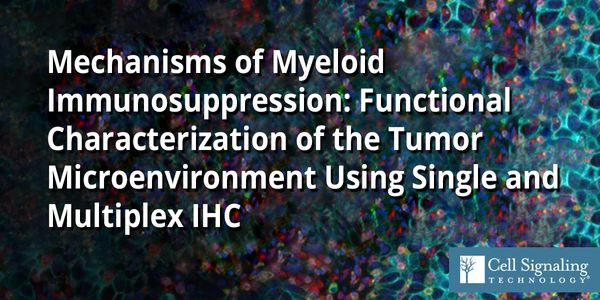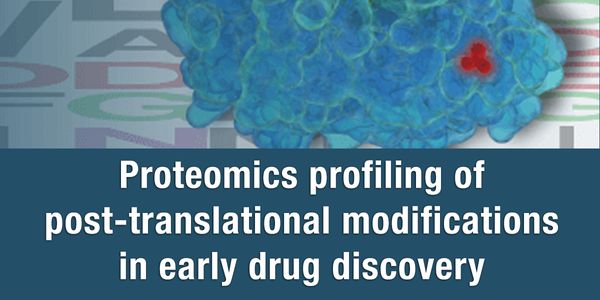Cancer Proteomics
Cancer proteomics is a field of scientific research which analysis protein changes in cancer. Oncological drug development is facilitated by understanding which proteins are differentially expressed in tumors and healthy tissue. Also, protein changes occurring throughout disease progression can be used to assess prognosis or aid in treatment planning.
-
Surgery is the first line of treatment for Stage III melanoma. Often adjuvant therapy is administered post-surgery, which can include weeks of radiation, chemotherapy, targeted drug therapy,...Speaker: Sarah Warren, PhD
Recent clinical successes in cancer genome-inspired personalized medicine have been a major breakthrough in drug discovery. However, 98% of the patients have an incomplete therapeutic respons...
DEC 13, 2018 | 9:00 AM
DATE: December 13 15,2018TIME: 09:00am PST, 12:00pm EST Breast cancers are classified into three main subtypes according to their receptor status: estrogen receptor-positive...
OCT 30, 2018 | 10:00 AM
DATE: October 30, 2018TIME: 10:00am PT, 1:00pm ET Identification and quantification of post-translational modifications (PTM) presents a unique challenge to proteomic studies...
OCT 30, 2018 | 9:00 AM
DATE: October 30, 2018TIME: 9:00AM PSTMass spectrometry-based proteomics is a rapidly growing area of research that provides useful information for many fields including basi...
Speaker:
Sandra Spencer - Ph.D. Analytical Chemistry, BS Chemistry, minor Mathematics, BS Biochemistry, minor Spanish
OCT 25, 2018 | 8:00 AM
DATE: October 25, 2018TIME: 08:00am PDT, 11:00am EDT While the significance of the microbiome is unprecedented, a thorough study to dissect the role of individual popul...
Although targeted therapies often elicit profound initial patient responses, these effects are transient due to residual disease leading to acquired resistance. How tumors transition between...
Two projects looking at novel approaches to targeting inflammatory breast cancer will be presented. Inflammatory breast cancer (IBC) is a unique, understudied, and most lethal subtype account...
Speaker:
Kevin Williams, PhD
The oncogenic transcription factor c-MYC (MYC) is deregulated, and often overexpressed, in more than 50% of cancers. MYC deregulation is associated with poor prognosis and aggressive disease,...
Speaker:
Jason De Melo, PhD
In the past two decades a small number of infrequently dividing cells have been proposed as the source of multi-drug resistance during cancer treatment. These cells identified by their expres...
Speaker:
Krastan Blagoev, PhD
PacBio Sequencing simultaneously provides long sequence reads, high consensus accuracy, minimal sequence bias, and methylation detection. I will highlight new advances and updates on applying...
Speaker:
Jonas Korlach, PhD
RNA sequencing unlocks the mysteries hidden in the transcriptome. Whether your goal is gene expression analysis, gene fusion analysis, SNP analysis or miRNA expression analysis, achieving hig...
Speaker:
Jonathan Shaffer, PhD, MBA
























